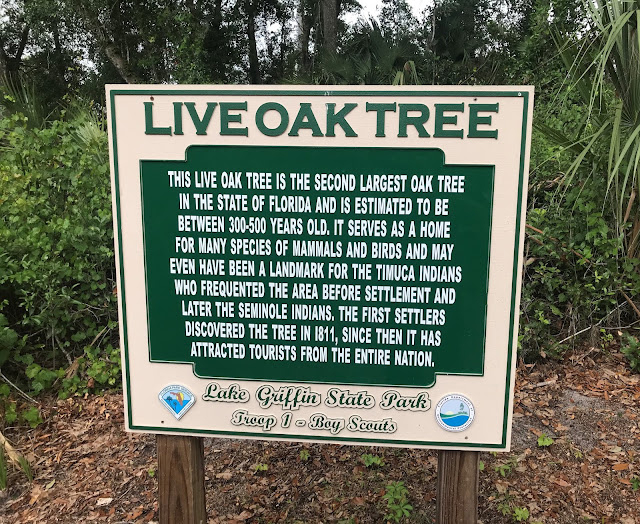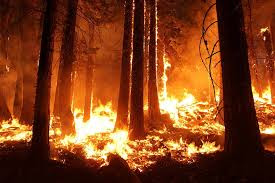Land Management Review: Seminole State Forest 2019

by Jennifer Ferngren, President of Tarflower Chapter , originally published in The Tarpaper, July 2019 . Edited by Valerie Anderson . Blooming Clasping Warea, Warea amplexifolia , in the Warea Tract of the Seminole State Forest On a wet and rainy day the group of about met under the pavilion at the Bear Pond trailhead ( map ) at Seminole State Forest . Patricia Burgos, of the Lake Beautyberry Chapter , was the lead for the Society and Jennifer participated as an observer/trainee. The forest encompasses 27,540 acres of disconnected tracts, including the Warea Tract, making it difficult to review the entire park in one day. The group took off in four-wheel drive vehicles, making occasional stops at areas of interest to discuss management of the habitat types. Highlights of the field review included scrub restoration sites, the threatened Giant orchid ( Eulophia ecristata ) discovered in an old pasture, endangered and endemic Florida Hasteola ( Hasteola rob...

